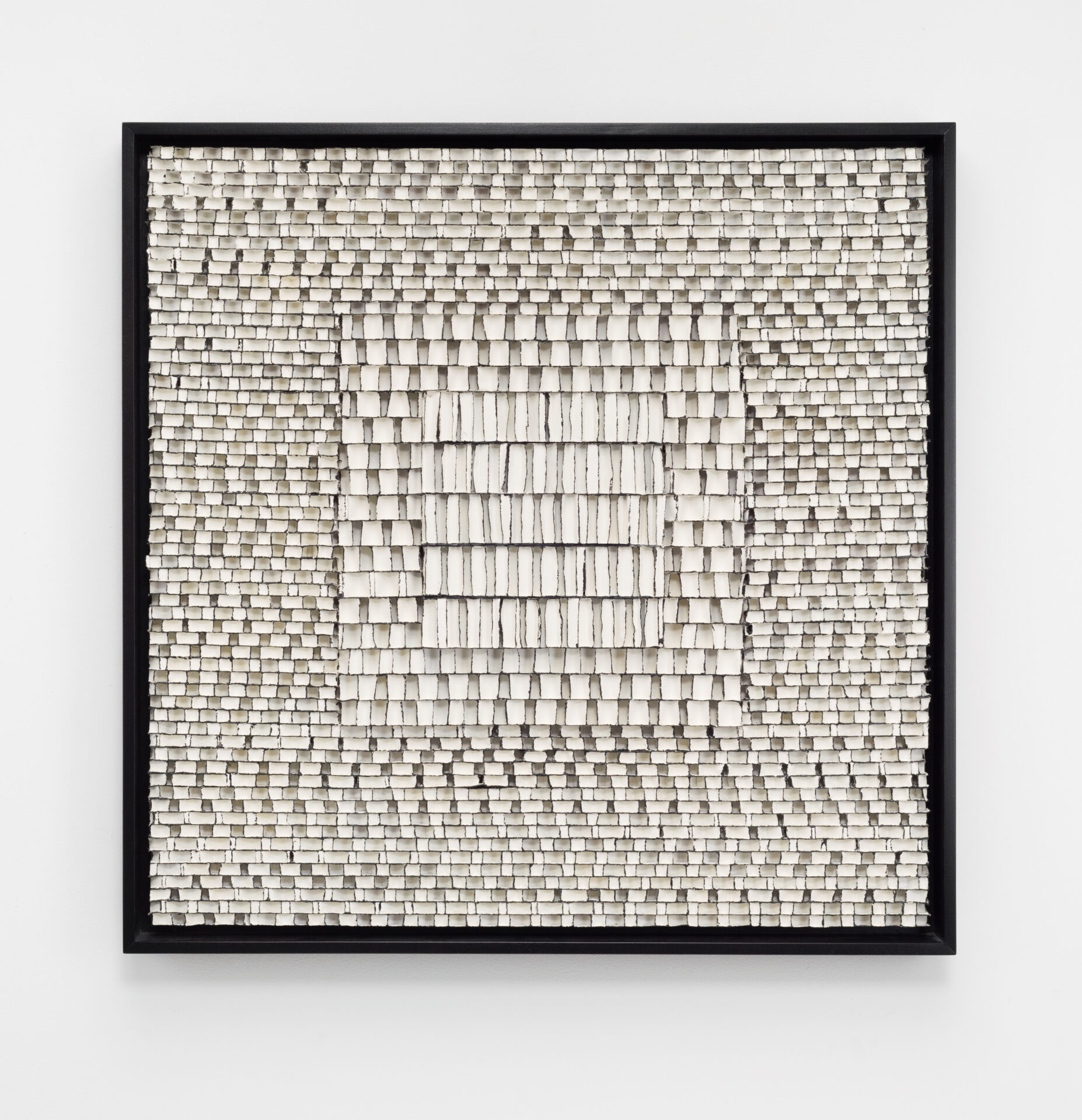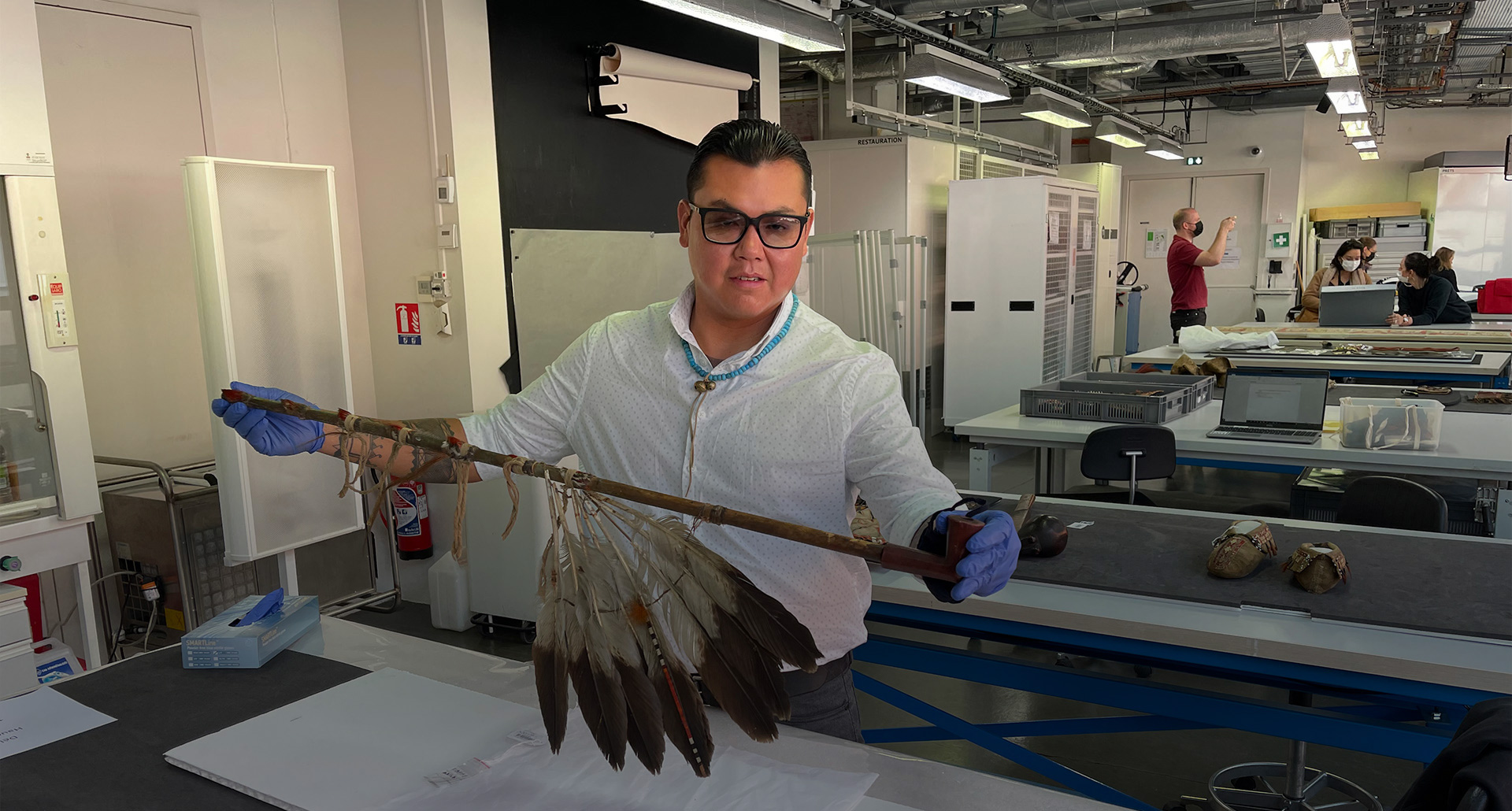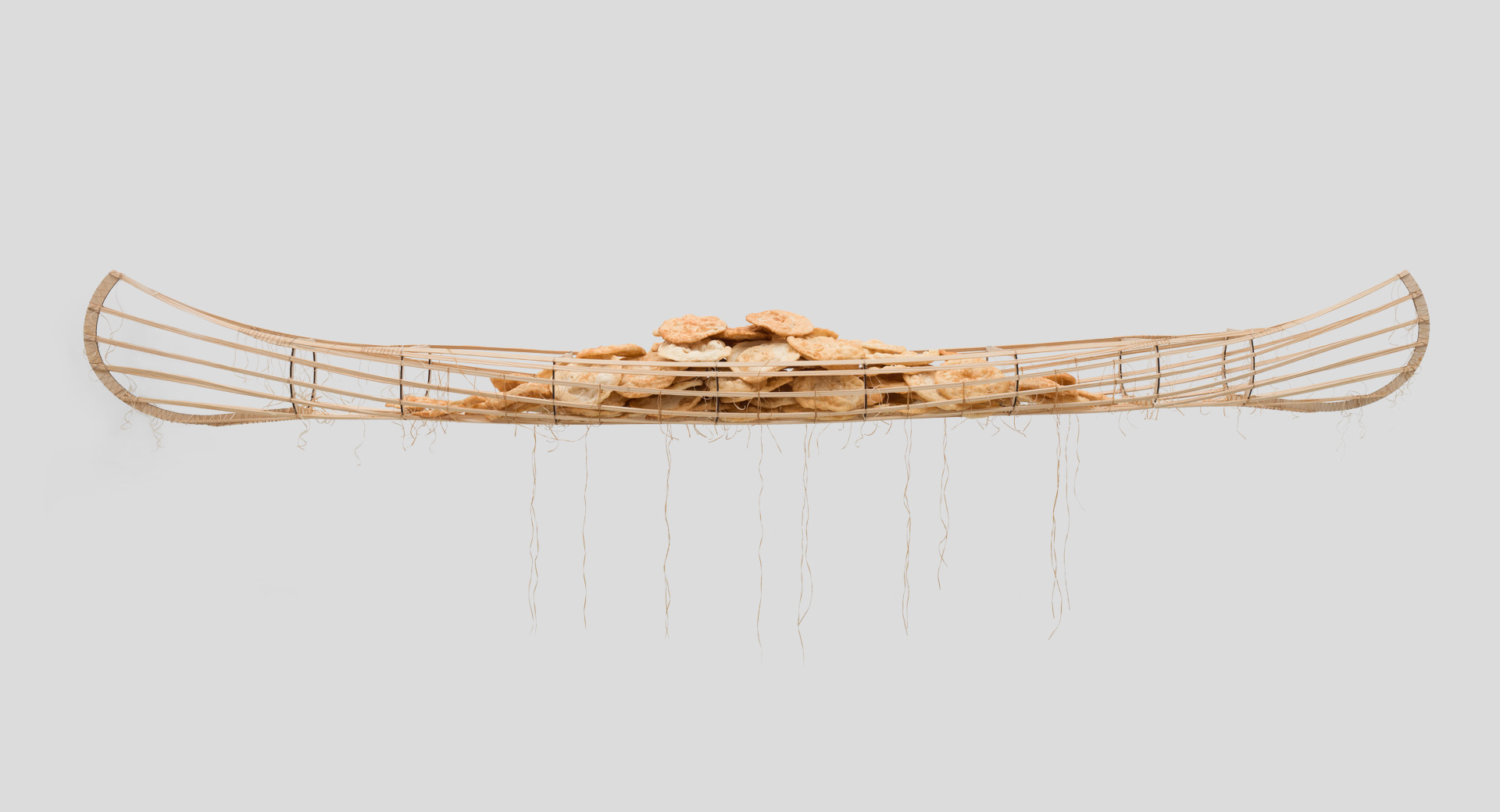Olivia Barney, collections coordinator
The North Star Changes presents work by Brenda Mallory, a citizen of the Cherokee Nation. Mallory has received much recognition for her work. She was awarded an Eiteljorg Contemporary Art Fellowship in 2015, a National Artist Fellowship from the Native Arts and Cultures Foundation in 2016, and a Hallie Ford Fellowship in the Visual Arts from The Ford Family Foundation in 2022. Mallory’s upcoming exhibition at the Heard Museum is based on the idea that humans perceive the North Star as permanent, yet over the course of thousands of years, different stars assume the name and the position. The North Star Changes will feature sculptures that the artist has made using reclaimed and found objects, taking the form of installations. I discuss with Mallory her work, themes and upcoming exhibition.
Olivia Barney: How did you become interested in your current style of creating?
Brenda Mallory: I’ve always been interested in the environment and trying to avoid waste, so I try to work with materials that I’ve found or reclaimed from scraps. I think there’s something special about giving a second life, a second function to something that’s been deemed “trash” by someone else. But sometimes I take new materials and destroy them in order to re-form them.
OB: A portion of your work involves connections utilizing hardware and other means. Is there a reason you explore connections in your work?
BM: Yes, for me these connections represent repairs, suturing broken things or broken worlds. It’s a way to show networks, too, and the interconnections between systems, people and cultures. The hardware I use is a nontraditional way of sewing. Rather than needle and thread, I’m sewing back with hog rings or nuts and bolts. They’re very visible. I don’t try to hide them. They’re an essential part of my work. It’s a way of honoring my Cherokee ancestors who were ripped out of the world they’d known forever and had to piece back together a way of life in a new place.
OB: Are there any artistic styles or techniques you want to explore?
BM: I’m interested in basket weaving, but it’s not something I know how to do. One of the pieces I’m showing at the Heard is inspired by a Cherokee basket maker’s pattern, but it’s cropped in tightly so it’s abstract. Cherokee basket weavers have amazing skills that I admire, and I’d like to study weaving in a deeper way.
Brenda Mallory Highlights
OB: Your upcoming exhibition is titled The North Star Changes. What is the significance of its name to you?
BM: I read the line “the North Star changes” while doing some research. I was surprised to learn that this term, which represents permanence, isn’t even permanent. We humans have a need to believe in something we can count on forever, or an ultimate truth. But I don’t think that exists. So, when I saw that line about the North Star changing, I wanted to use it.
OB: You’ve previously said, “The idea of things changing has always been in my work.” Would you expand on that statement?
BM: All things change, but it doesn’t necessarily mean they’re broken. They get repaired and continue. One of the first pieces I ever made in my career, Demeter Does the Math (and Cries), is the very essence of change. It will be in the exhibition and refers to the myth of Persephone and Demeter. Persephone is gone for half the year, and Demeter is grieving, making the world not fertile and verdant during that time. It’s an example of cyclical change.
OB: Is there anything you’re looking forward to the museum visitors experiencing?
BM: While my work is abstract, there is always a story I have in mind as I am making it. I try to make the work rich in texture and pattern to compel the viewer to take longer look. Everybody brings their own experience to the museum, and I have found that people bring ideas to my work that I hadn’t even consciously thought of, and I love that. I’m interested in multiple interpretations of a work.
OB: Do you have a website or artist’s page you would like to share, so people can follow the work you’re doing?
BM: Yes, my website is brendamallory.com, and I have Instagram @brenmallory






